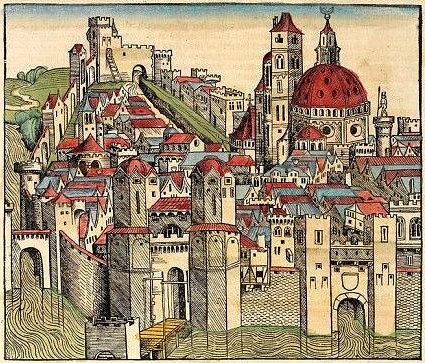
Siege of Nicaea |
year: 1328-1331 |
| Capture of the city of Nicaea by the Ottoman Turks after a 4-years siege | ★ ★ ★ ★ ★ |
|
enemy: Ottoman Turks
|
location: Nicaea (modern Iznik), on the eastern shore of Lake Iznik
|
accuracy:
●●●●●
|
|
battle type: City Capture |
war: Byzantine-Ottoman Wars |
modern country:
Turkey |
| ▼ The Byzantines(emperor: Andronikos III Palaiologos) | ▼ The Enemies | |
| Commander: | Unknown | Sultan Orhan I |
| Forces: | Unknown | Unknown |
| Losses: |
| Background story: |
| By 1326, lands around Nicaea had fallen into the hands of Osman I. He had also captured the city of Bursa, establishing a capital dangerously close to the Byzantine capital of Constantinople. In 1328, Orkhan, Osman's son, began the siege of Nicaea, which had been in a state of intermittent blockade since 1301. The Ottomans lacked the experience and the ability to control access to the town through the lakeside harbor. As a result, the siege dragged on for several years without conclusion. In 1329, emperor Andronikos III attempted to break the siege. He led a relief force to drive the Ottomans away from both Nicomedia and Nicaea. After some minor successes, however, the force suffered a defeat at Pelekanon and withdrew. That was the last presence of the Byzantine army in Asia Minor. |
The Battle: |
 Nicaea in the Nuremberg Chronicle (1493) |
Aftermath: |
| The fall of Nicaea had a serious impact on the morale and the prestige of the Byzantines. The city was the capital in the period of the Latin Empire, a symbol of Christianity and the most important Asian city of the Empire. |
|
|
